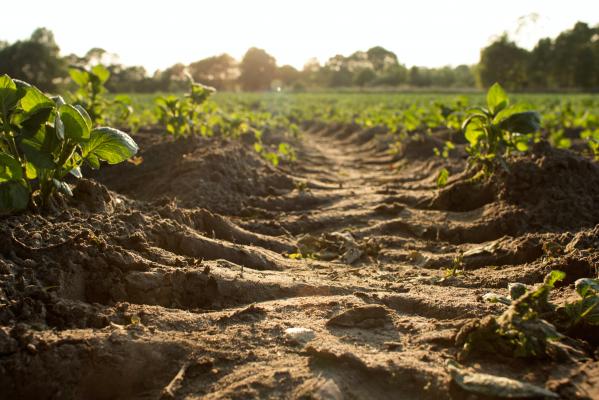By Helen Lewis, Ag Columnist
Over 100 people gathered at the Stanthorpe Civic Centre for a Regenerative Agriculture Symposium on 4 September.
GBSAN Chair Rick Humphries explained the role of Granite Belt Sustainable Action Network is to be a change agent. Facilitating new ideas and practices that are more sustainable. We need to encourage collaboration not competition. An open mind is one of the most important thing we can all cultivate. This forum is just the beginning of promoting further dialogue for more involvement and further discussion in regenerative practices for the Southern Downs region.
The following report is from the forum with my own additions in thinking and ideas.
From the forum
It is clear agriculture needs to be front and centre to improve the climate change as farmers hold the key to stable sequestering of carbon dioxide – their soil. Green plants and trees grow from carbon dioxide and create carbon in their structures.
When these are processed back to the soil by grazing and manure, then we start to build carbon in the soil.
As Christine Jones puts it: for every additional one per cent of soil carbon sequestered, 168,000 litres of water could be stored per hectare, in addition to the water-holding capacity of the soil itself.
The power of sequestering carbon is such that if every farmer planned their grazing, used natural living processes, inputs and ensured ground cover with growing green plants… climate change would achieve net zero.
This is backed up by Christine Jones: “It is not so much a matter of ‘how much’ carbon can be sequestered by any particular method in any particular place, but rather, ‘how many’ soils are sequestering carbon. If all agricultural, garden and public lands were a net sink for carbon we could easily draw down sufficient CO2 to counter emissions from the burning of fossil fuels.”
Like farming or Agriculture, Regenerative Ag is not defined, however what makes a farm regenerative is management practices that intentionally enhance the soil biology – with natural biological processes. This intention maximises the natural function of the waters cycle, mineral cycle, diversity and sunlight capture.
The change imperative is gathering momentum.
Farmers who are improving their soil biology are in the box seat to make the most out of the move that is on in all layers of our society as John Bennett from USQ highlighted the Federal and State programmes and funds that are available to facilitate the change in the farming community.
Policy settings: National biodiversity fund, Emissions Reduction Fund – carbon trading with methodologies. In Queensland, the Land Restoration Fund.
The Carbon Market does exist in Australia. Over the last three years various Carbon agents/funds and aggregators have established themselves.
Companies
Woolies and Coles are advertising that they are becoming sustainable. They are responding to customers who are asking more questions about their food and how it is produced. They will be sourcing food from Sustainable and Regen Agriculture.
As a side note: if Woolies and Coles are serious about being more sustainable, the first thing they could do is accept food produced in any shape, size, and colour when it arrives from the farmer. The artificial production specifications set by Woolies and Coles on fruit and veg have created our artificial growing and production systems, where the soil is simply the medium for holding up the plant. Artificial fertilisers and chemicals are used to grow the food and combat the pests and weeds the monoculture causes, respectively.
In addition, these artificial quality specifications have perpetuated an unrealistic expectation by consumers of what ‘perfect’ is yet the same consumer would not think twice about eating an odd shape or twisted carrot from their own garden.
If Woolies and Coles accepted the produce how it happened to turn out this season, this would enable farmers the freedom to trial and transition to cleaner food production, as they would be free to deliver on their contracts with what nature provided this season, rather than unrealistic product quality specifications. The Odd Bunch (the seconds deemed by Woolies) produce should be the norm!
Financial
RABO, NAB, Westpac all adding to their assessment for loans-criteria by including Natural Capital.
Social license is the transparency by companies being able to tell consumers and customers. What they are doing and why they are doing it? Transparency in decision making and considering – people, environment and prosperity.
Consumer Power: Not only does every family need a farmer, every farmer needs a consumer, bank, insurance company, and the shift is coming from these sectors.
The popular phrase that if you eat, drink and wear clothes you are involved in Agriculture, but it doesn’t stop there. Three times a day, everyday as consumers – with every dollar we spend – we choose what kind of food production and fibre production we are going to support. Are we supporting regenerative, clean food and natural fibre production, or not?
It is worth remembering without farmers we are hungry, sober and naked.







